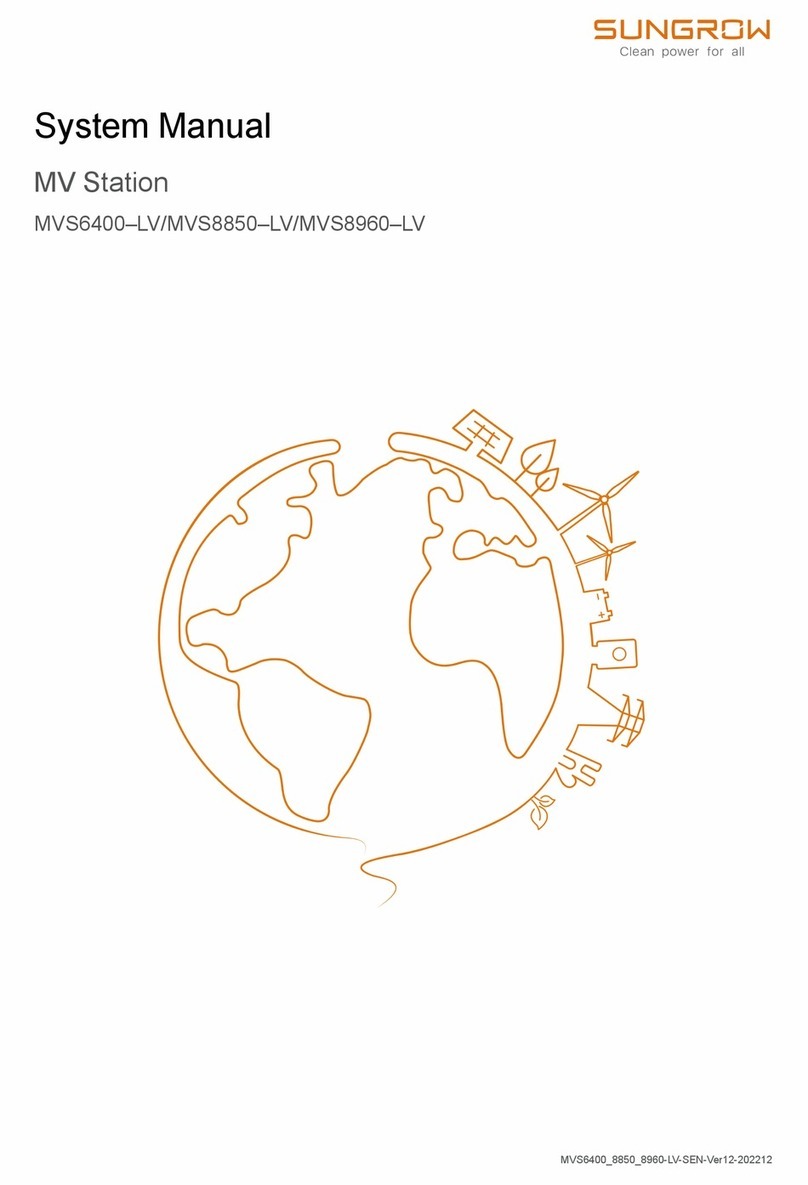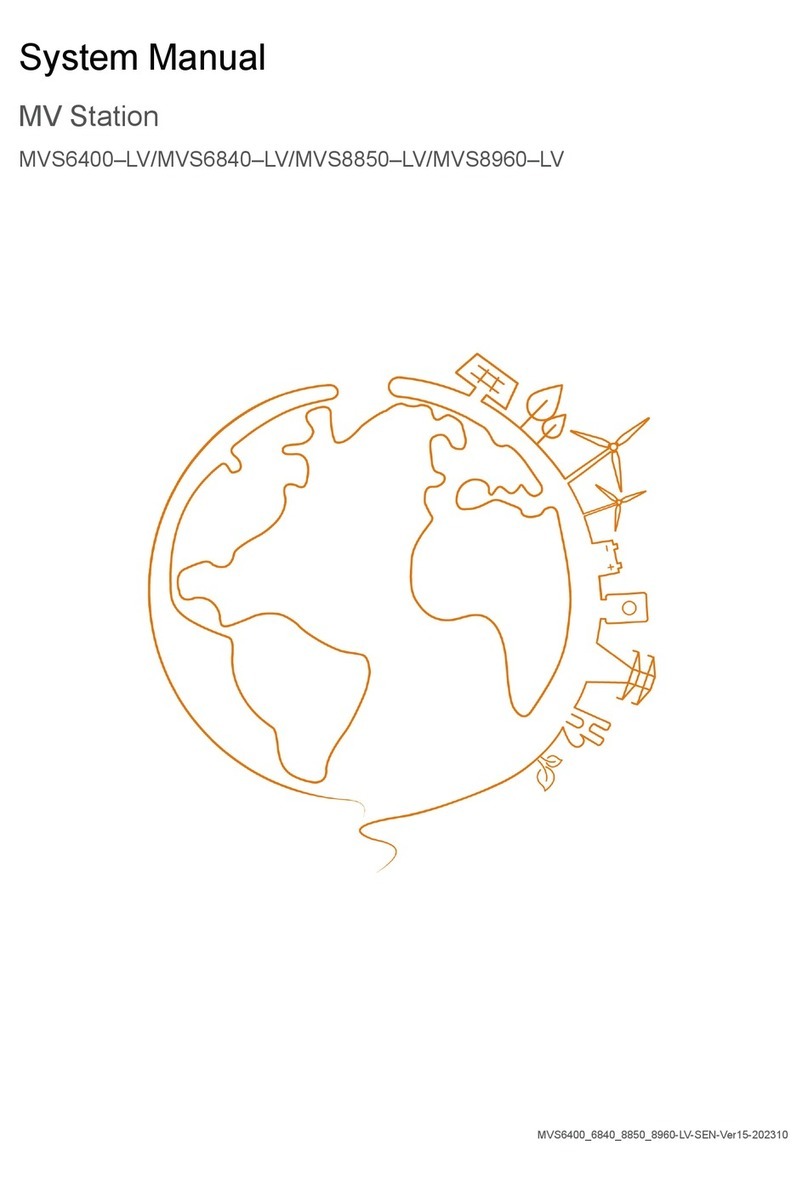
IV
8.1.1 Inspection before PCS Start.................................................................69
8.1.2 Starting the Device..............................................................................69
8.2 Stopping the PCS.........................................................................................70
8.2.1 Normal Stop .......................................................................................70
8.2.2 Stop in Case of Fault or Emergency......................................................71
9 Operating Mode ..............................................................................................72
9.1 Basic Functions............................................................................................72
9.2 Working State Description.............................................................................76
9.3 State Switching ............................................................................................77
9.4 Operating Mode ...........................................................................................78
9.4.1 Grid-connected Mode..........................................................................78
9.4.2 VSG Mode..........................................................................................78
9.4.3 Mode Switching ..................................................................................79
10 Web Operation .............................................................................................80
10.1 Running Environment Requirements ............................................................80
10.2 Login Steps ................................................................................................80
10.3 Web Main Interface.....................................................................................80
10.4 Web Menu .................................................................................................82
10.5 Operation Procedure...................................................................................82
10.6 Overview....................................................................................................83
10.6.1 General Information...........................................................................83
10.6.2 Real-time Status ...............................................................................84
10.7 Device Monitoring.......................................................................................84
10.7.1 Realtime Value..................................................................................84
10.7.2 Node Status......................................................................................84
10.7.3 Operation Parameters .......................................................................85
10.7.4 Protection Parameters.......................................................................85
10.7.5 System Parameters...........................................................................85
10.7.6 Timed Charge and Discharge.............................................................85
10.7.7 Device Instruction..............................................................................86
10.8 Device ......................................................................................................86
10.8.1 Device List........................................................................................86
10.8.2 Firmware Update ..............................................................................87
10.8.3 Fault Recorder ..................................................................................87
10.9 History Data ...............................................................................................88
10.9.1 Operation Log...................................................................................88
10.9.2 Historical Status................................................................................88
































